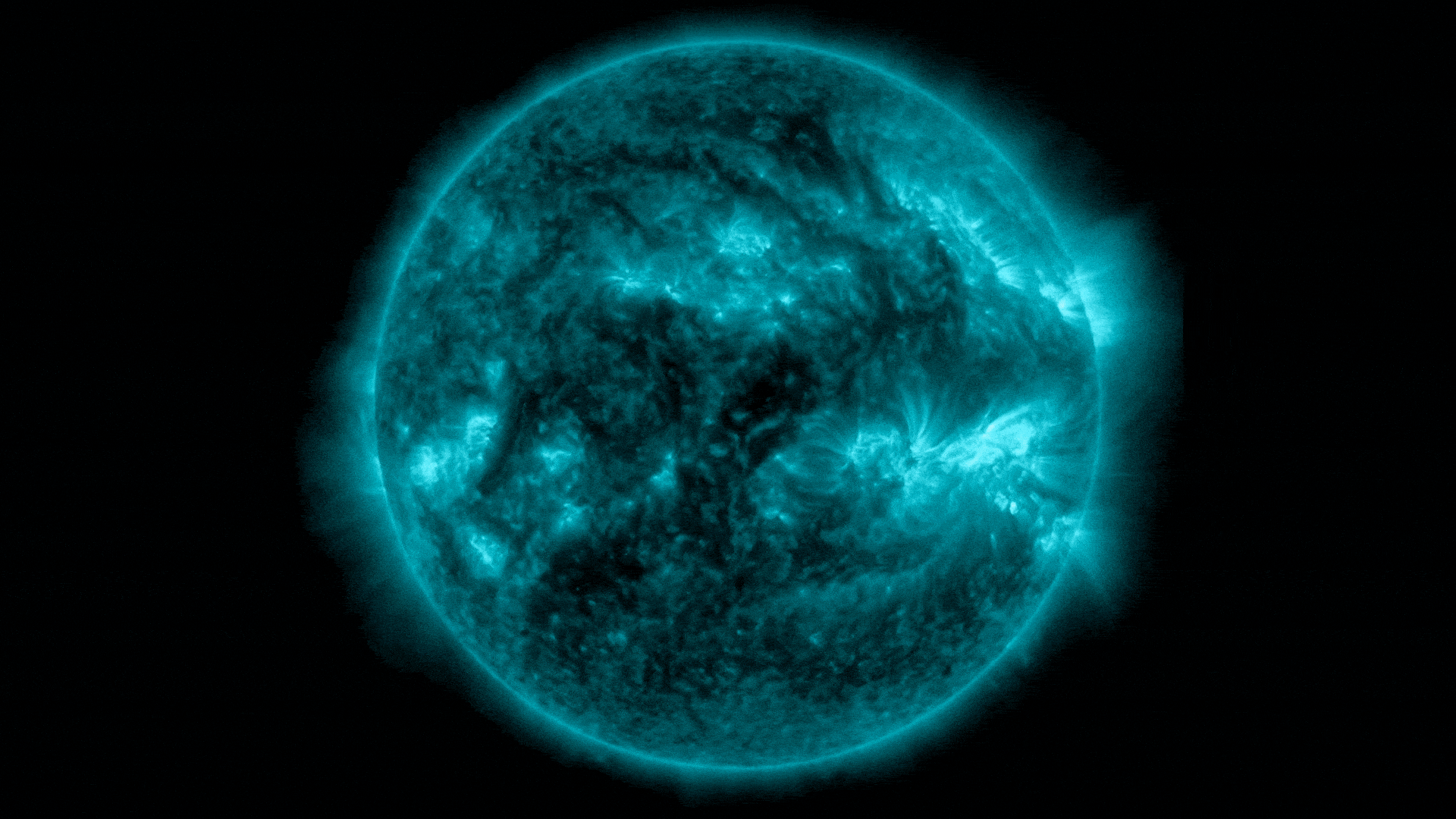Researchers at QuTech have created Majorana particles in a two-dimensional plane by developing devices that utilize superconductors and semiconductors, allowing previously inaccessible experiments. This advancement could lead to stable, topologically protected Majorana qubits, significantly benefiting quantum computing.
Researchers have innovated a 2D method for producing Majorana particles, aiming to improve quantum computing with stable and efficient qubits.
Researchers at QuTech have discovered a method to create Majorana particles within a two-dimensional plane. They accomplished this by designing devices that utilize the synergistic properties of superconductors and semiconductors. The versatility of this novel 2D platform enables previously unattainable experiments involving Majoranas. The findings are detailed in the journal Nature.
Quantum computers operate fundamentally differently from classical computers. While classical computers use bits as the basic unit of information, which can be either 0 or 1, quantum computers use qubits, which can exist in a state of 0, 1, or both simultaneously. This principle of superposition, combined with new quantum algorithms could allow quantum computers to solve certain problems much more efficiently than classical computers. However, the qubits that store this quantum information are inherently more fragile than classical bits.

Inherently stable qubits
Majorana qubits are based on states of matter that are topologically protected. This means that small local disturbances cannot destroy the state of the qubit. This robustness to external influences makes Majorana qubits highly desirable for quantum computing, since quantum information encoded in these states would remain stable for significantly longer times.
Majorana particles in two dimensions
Producing a full Majorana qubit requires several steps. The first of these is the ability to reliably engineer Majoranas and to demonstrate that they indeed possess the special properties that make them promising candidates for qubits. Previously, researchers at QuTech—a collaboration between the TU Delft and TNO—have used a one-dimensional nanowire to demonstrate a new approach to studying Majoranas by creating a Kitaev chain. In this approach, a chain of semiconductor quantum dots are connected via superconductors to produce Majoranas.
The extension of this result to two dimensions has several important implications. First author Bas ten Haaf explains: “By implementing the Kitaev-chain in two dimensions, we show that the underlying physics is universal and platform independent.” His colleague and co-first author Qingzheng Wang adds: “Given the long-standing challenges with reproducibility in the Majorana research, our results are really encouraging.”
Route towards Majorana qubits
The ability to create Kitaev chains in two-dimensional systems opens up several avenues for future Majorana research. Principal investigator Srijit Goswami explains: “I believe we are now in a position where we can do interesting physics with Majoranas in order to probe their fundamental properties. For example, we can increase the number of sites in the Kitaev chain and systematically study the protection of Majorana particles. In the longer term, the flexibility and scalability of the 2D platform should allow us to think about concrete strategies to create networks of Majoranas and integrate them with auxiliary elements needed for control and readout of a Majorana qubit.”
Reference: “A two-site Kitaev chain in a two-dimensional electron gas” by Sebastiaan L. D. ten Haaf, Qingzhen Wang, A. Mert Bozkurt, Chun-Xiao Liu, Ivan Kulesh, Philip Kim, Di Xiao, Candice Thomas, Michael J. Manfra, Tom Dvir, Michael Wimmer and Srijit Goswami, 12 June 2024, Nature.
DOI: 10.1038/s41586-024-07434-9










